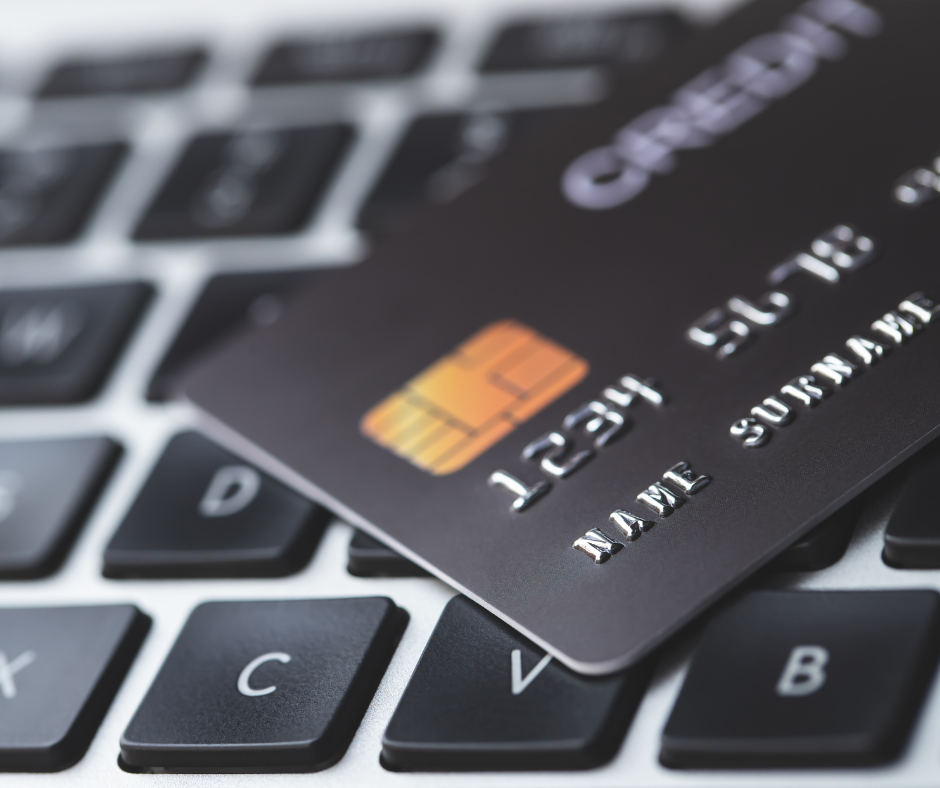Shopify Payl: Navigating Payment Processing for Your Online Store
Shopify Payments: The Preferred Choice
Shopify Payments is the go-to choice for handling transactions in your online store. It simplifies the payment process by directly collecting customer payments and depositing the funds into your bank account after deducting a processing fee. This integrated solution ensures a seamless payment experience both for you and your customers.
Understanding Payment Capture Options
On the Shopify platform, under Settings > Payments, you have the flexibility to choose how payments are captured: automatically or manually.
Automatic Capture:
- Upon a customer placing an order, Shopify immediately captures the payment.
- Confirmations are sent out to you and the customer.
- The transfer of funds (minus processing fees) to your bank account begins. Deposit take about two business days.
Manual Capture: This option places a pre-authorization hold on the customer's credit card, similar to incidental holds during hotel check-ins. You have up to seven days to capture the payment manually on the order page. This delay allows you to verify order details, such as item availability and profitability, before finalizing the transaction. While this method provides greater control over sales, it might display the payment as "pending" on customer statements for longer. It's important to manage timing effectively to ensure the customer's card remains valid at the time of capture.
Paying Suppliers
The process of receiving the proceeds from your sales is entirely separate from what happens on the supplier side.
In order to pay for your orders with suppliers, I recommend using a business credit card. This strategy helps keep your business finances separate from personal expenses, which is invaluable as your business scales.
Suppliers will usually charge your credit card on file at the time of shipping.
Credit cards, such as the Chase Ink and American Express Platinum, offer enhanced fraud protection compared to debit cards and allow you to accrue valuable points through purchases. These points are beneficial for traveling and enjoying rewards programs. I love points and have taken the whole family on vacation on points once a year since 2015.
Share
